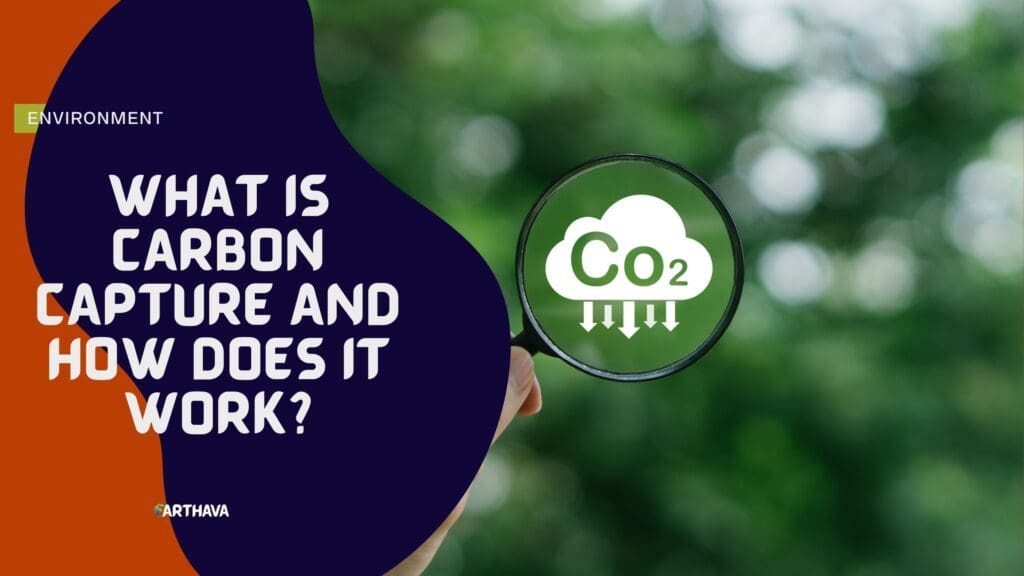A buildup of carbon monoxide, or CO, in the Earth’s atmosphere can cause many problems, the most infamous of which is global warming. Increased levels of CO can also increase tropospheric O3 and many other trace gases. Such a buildup results in issues like severe climate change, global warming, and altered atmospheric chemistry or composition.

While carbon monoxide is a natural gas, most of the excess that has been collected in the atmosphere comes from human activities. Contribution stems from auto and motor traffic, fossil fuel combustion, slash-and-burn agriculture methods, and even the oxidation of hydrocarbons like methane.
The collection of CO has more than doubled since before pre-industrial times, which means the production and buildup are both increasing at alarming rates. In recent years, we have taken action to reduce its buildup as a means to slow climate change, but we absolutely must do more as a society.
That’s exactly why the announcement of a cheaper carbon dioxide scrub method is so promising — presented in a recently published scientific study. It will reduce carbon dioxide emissions from the atmosphere at a much cheaper cost. The price falls between $94 and $232 per ton, whereas previous methods cost $600 per ton.
The method is called “carbon capture,” and involves the direct-air capture of corrupted and dangerous gases. For the uninitiated, it brings an obvious question: What is carbon capture, and how does it help our planet?
What Is Carbon Capture?
Carbon capture and storage is a technology that involves the collection of carbon dioxide emissions as they get produced, essentially preventing them from entering and building up in the Earth’s atmosphere. The process can efficiently collect and capture up to 90 percent of CO2 produced.
The captured gas gets transported to a secure location and then stored — usually in depleted underground gas or oil fields.
Carbon Dioxide vs. Carbon Monoxide
One thing you may have noticed is that we talked about two different types of gases: carbon monoxide and carbon dioxide. Both are odorless, tasteless, and colorless. Both are harmful to the environment, though animal and human respiration produces carbon dioxide naturally.
Carbon monoxide can build up inside a home, residence, or structure and cause serious damage to the inhabitants — this is called CO poisoning for obvious reasons. In fact, between 1999 and 2010, more than 5,000 U.S. residents died due to accidental CO poisoning within their homes.
The best way to protect yourself and your family — or business — is to install a carbon monoxide detector, which works like a smoke detector.
How Does Carbon Capture Apply to These Gases?
Carbon capture technologies can remove both types of gases from the Earth’s atmosphere, although the primary focus tends to be on carbon dioxide, which builds up in greater amounts due to natural human actions and activities.
Closer to the ground — such as when CO builds up inside a home or residence — the method for removing the deadly gas is to eliminate what’s creating it in the first place. Since combustion or burning creates carbon monoxide, several events can cause an increase in it.
These include using charcoal or gas grills inside the home — as opposed to in the open outside — starting gas-powered engines or vehicles in enclosed spaces and poorly designed chimneys, wood stoves, or fireplaces. Failing to inspect or maintain gas appliances such as a stove or oven can also be an issue.
How Does Carbon Capture Help Our Planet?
Carbon capture removes dangerous gases before they collect and build up within the planet’s atmosphere. In turn, this helps reduce the effect such gases have on our local climate.
As long as the collected gases remain stored and securely housed, it mitigates the damage they can cause for our planet, local environment, and overall health. Therein lies one of the biggest risks for the technology. The leakage of CO2 and similar gases from storage sites could nullify the act of pulling it out of the air.
As it stands, however, carbon capture and storage provide the most potential for eliminating greenhouse gases the energy sector produces — one of the largest contributors to the dangerous gas within our atmosphere.


